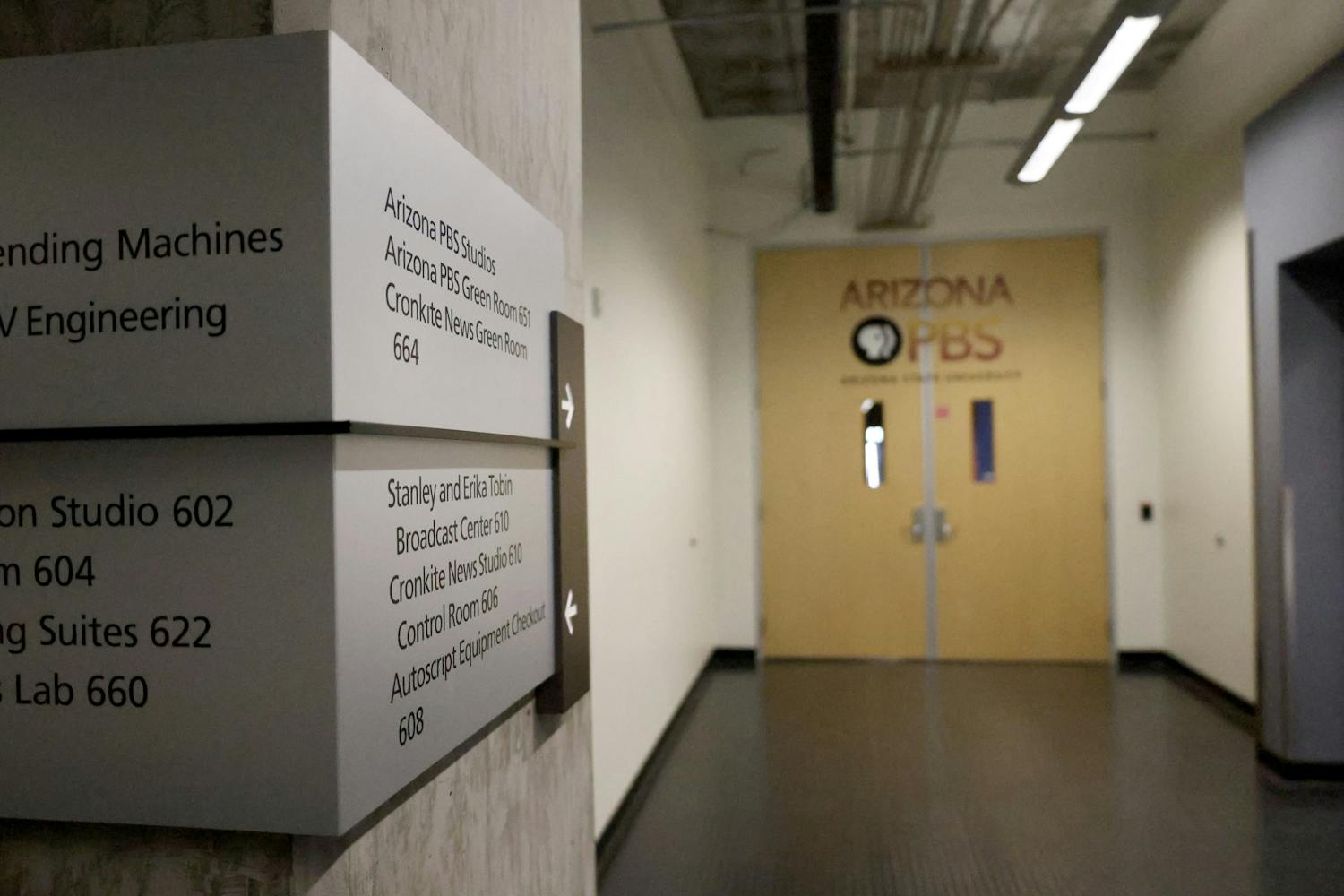More than 12,200 Hispanic students now attend ASU, a 7.8 percent increase from fall 2010.
Two years ago, Hispanics accounted for more than 9,900 students, or 14.5 percent of ASU’s total population. Now, Hispanic student make up nearly 17 percent of the total population.
Across the nation, college enrollment of Hispanics age 18 to 24 years old increased by 24 percent from 2009 to 2010, according to a Pew Hispanic Center study.
ASU saw roughly a 14 percent increase in total Hispanic enrollment during that time.
“The more educated the (Hispanic) population is, the better the future is for the entire population,” School of Transborder Studies director Carlos Vélez-Ibáñez said. “It’s just that simple.”
This increase in the ASU Hispanic population reflects the increase in the Hispanic population across the U.S., Vélez-Ibáñez said. From 2000 to 2010, the U.S. Hispanic population increased by 43 percent, according to the U.S. Census Bureau.
Vélez-Ibáñez said biology, languages, business and political science are proving to be popular majors among Hispanics.
“An awful lot of kids are going into the sciences, especially biochemistry,” he said.
Many Hispanic students go into business because their parents owned businesses, Vélez-Ibáñez said. Though Arizona’s immigration policies such as Senate Bill 1070 and Proposition 300, which disallows those who are not U.S. residents or permanent residents from paying in-state tuition or receiving financial aid, changed that.
“One of the real aftermaths of the whole immigration policy was the closing of hundreds of small Mexican-owned businesses,” Vélez-Ibáñez said.
History senior Tony Verdugo said that encouragement for Hispanics to attend collage is higher nowadays. The economic downturn is another reason for increased Hispanic attendance.
“I’m pretty sure kids are seeing that a high school diploma is not enough anymore,” Verdugo said.
Groups like Movimiento Estudiantil Chicano de Aztlan, of which Verdugo is a member, are helping encouraging young Hispanics to attend college, Verdugo said.
Each year M.E.Ch.A holds a youth conference that brings students from inner city schools in Phoenix and as far away as Buckeye together to discuss the importance of college attendance and how to obtain scholarships.
“We show them the (ASU) campus,” Verdugo said. “We show them there are kids just like them, kids where they come from that are here at ASU.”
In the past, Hispanics typically didn’t attend college, said Ben Garcia, an intern with the Raza Development Fund, a group that provides financial assistance to the Hispanic community.
“I think we’re seeing the effects of generations getting more education,” Garcia said. “The next generations (are) furthering that education that their parents had.”
Garcia’s grandfather only attended school until fifth grade and his parents went to college.
Garcia hopes to see himself or his children attending graduate school.
“Hispanics have typically been behind when it comes to higher education,” he said. “The tides are changing.”
If Hispanics want to continue this trend, they need to stay informed about the community around them, Garcia said.
“Hispanics need to really learn that if they are going to better their life it’s through education,” he said.
However, the Hispanic community still faces problems that could prevent Hispanic enrollment from increasing more.
“Part of the problem is that we still have about 50 percent of (Hispanics) who are not graduating from high school,” Vélez-Ibáñez said.
Of the other 50 percent who do graduate high school, only 15 percent are going on to college, Vélez-Ibáñez said.
Also, Hispanics have a higher rate of incarceration, he said.
“It’s getting to the point to where we’re having more (Hispanics) in jail than graduating from universities,” Vélez-Ibáñez said.
Reach the reporter at ryan.mccullough@asu.edu
Click here to subscribe to the daily State Press newsletter.



